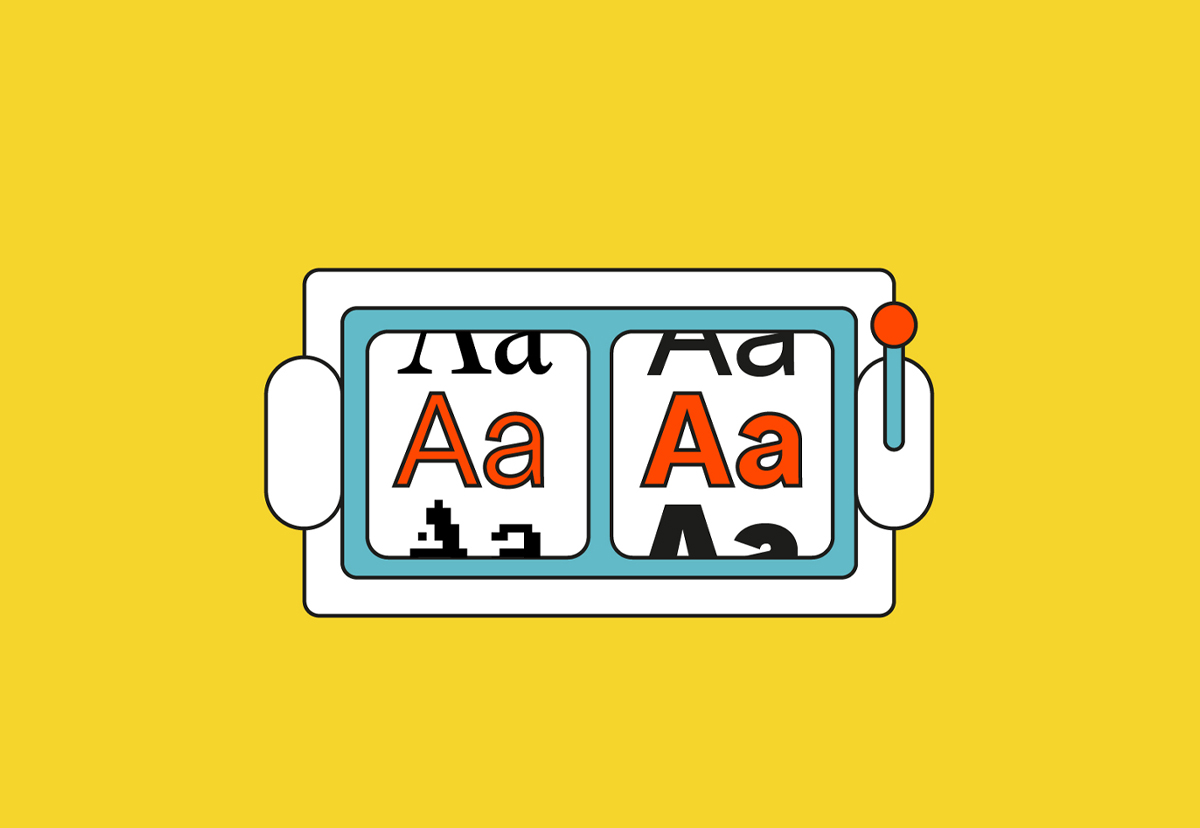Dear Amigos,
We are very excited to welcome our newest collaborator: Simbold. A blog directed by Elina Pérez Urbaneja and dedicated to the research and dissemination of Venezuelan and Latin American design, from its history to the latest news inside the industry. You can check out their website here, finding incredible content that includes the spanish version of some of our articles. Stay updated through their Instagram @simbold360.
Inside the Venezuelan graphic design guild, it’s often repeated that the great pioneers were American typographer Larry June, Lithuanian designer Gerd Leufert and Italian designer Nedo Mion Ferrario, the protagonist of today’s article.

A portrait of Nedo M.F taken by Gerd Leufert.
Nedo was born on September 23rd 1926 in Milano, Italy and died in Caracas in the year 2001. He arrived in Venezuela at 24 years old in 1950, and by then his father Emilio Mion Vianello, who opened many doors for Nedo in the world of graphic arts, had already found him a job as an illustrator for local newspapers El País and La Esfera.
Since he stepped on Venezuelan ground, Nedo opted for the freelance lifestyle that allowed him to frequent printing houses such as La Tipografía Italiana, Unión Gráfica, Multipublicidad, Miangolarra and Cromotip. Around that time he also established partnerships with many advertising agencies, that’s where he met English typographer Jimmy Teale, who was commissioned in 1951 to define the image of Shell Caribbean and the design for Shell Magazine.

Advertisement work by Nedo M.F.
Nedo illustrated for the Shell newsletter. He was also an art director at McCann-Erickson and by 1953 he started working for Guía Publicidad, a collective founded by Carlos Eduardo Frías and Luis Beltrán González that created the campaign for the introduction of Páginas Amarillas (yellow pages) of Guía Telefónica in Venezuela. After that, he accepted an almost exclusive position in ARS, where he collaborated closely with Marcel Floris.
Around 1959, Nedo’s advertising phase comes to an end, when he takes charge of the artistic direction of El Farol magazine, a position he assumed till 1972. That same year he started working as an Advertising teacher, a subject that later became known as Graphic Design. He teached for 28 years at the Cristóbal Rojas Plastic Arts school, as well as the Neumann-Ince Design Institute.

CAL magazine pages.
Between 1962 and 1968 he assumed the design of other important magazines such as CAL, founded in 1962 under the direction of Guillermo Meneses, Crónica de Caracas also directed by Meneses and La Revista Oriente, an informative body of work from the Universidad de Oriente (UDO) managed by Alfredo Armas Alfonzo.
Toward 1968, Nedo and Leufert collaborate in the redesign of 20th and 21st edition of Imprímase, the Association of Industrial Graphic Arts magazine. In one of these editions the Alfabeto Imposible 1 (Impossible Alphabet 1) appears for the first time, a project that exhibited the typographic abilities of Nedo, which extended to more than 60 alphabets identified as Imposibles, Reversibles and Computables, compilated in Letromaquia in 1972 and presented in a exhibition held in the Museum of Fine Arts in Caracas.

Alfabeto Reversible, 1972.
In terms of visual identity design, Nedo created the emblem for the Spiral Gallery of the Plastic Arts School, the emblem and stationery for the Professional Center of Draftsmans, monograms, logotypes and institutional and personal signaling that introduce him in the world of abstraction, curves and angle precision.
In 1973, the Top Symbols and Trademarks of the World publication included many of his emblems and he was also reviewed in the Who’s Who in Graphic Art in its 1962 and 1982 editions.
Nedo also contributed to the art catalog genre through his work for the Caracas Museum of Contemporary Art for which he created the graphic identifier. In the editorial field, he designed “Gerd Leufert, diseñador”, “Sin Arco” and “Penthouse 8”, among other volumes.
Nedo as a Stamp Designer
In 1974, Gonzalo Plaza was designated as the National Mail Director, becoming the engine that generated big transformations in the postal service and philatelic matters.
To initiate the New Venezuelan Stamp movement, Gonzalo Plaza formed a consulting team. This is how different actors came to the stage: the Mail Direction managed by Plaza, the Philatelic Club in Caracas, members of the National Academy of History and four designers recommended by Miguel Arroyo: Gerd Leufert, Nedo Mion Ferrario, Santiago Pol and Álvaro Sotillo.

Stamp for Bicentenario de la Integración (1977) and Ipostel, Instituto Postal Telegráfico by Nedo M.F (1979)
Gonzalo Plaza successfully achieved the Project that was continued from 1977 by its successor in the Mail Direction, Arnaldo Rodríguez Vicentelli, who maintained the contract and respectfully worked with the four designers, also favouring the accomplishment of the exhibition “La Nueva Estampilla Venezolana” in the National Art Gallery in Caracas.
Among the stamps made by Nedo M.F we find the Postal Telegraph Institute (IPT) that featured the brand symbol, issued in 1979 and considered a legacy piece. Around that same year, with the change of government, the president in charge of the IPT was Pedro Miguel Rodríguez until Rodolfo Álvarez Bajares was officially designated, where he assumed a bad-tempered attitude towards the designers to the point of rejecting the brand created by Nedo and imposing a new one, popularly called “El Huevito” (the little egg).

Flooring of the Parque Cristal Building designed by Nedo M.F. Photo Credit: Arturo Sierra.
Another phase of Nedo was the intersections of his artistic work and architecture, most in collaboration with Jimmy Alcock, for buildings where floors, walls, fences and railings were invaded by the “spatial reversibles” accomplished through the repetition of form. The flooring of the Parque Cristal building is among his most well-known contributions.
In 1993 he received the National Plastic Arts Award for his artistic and graphic work. In 1998, when La Estancia Art Center was specialized in design promotion, they organized the exhibition “Nedo M.F. Una Retrospectiva” commissioned by investigator Lourdes Blanco.
Since you are really into design, you might be interested in these other articles and resources:



